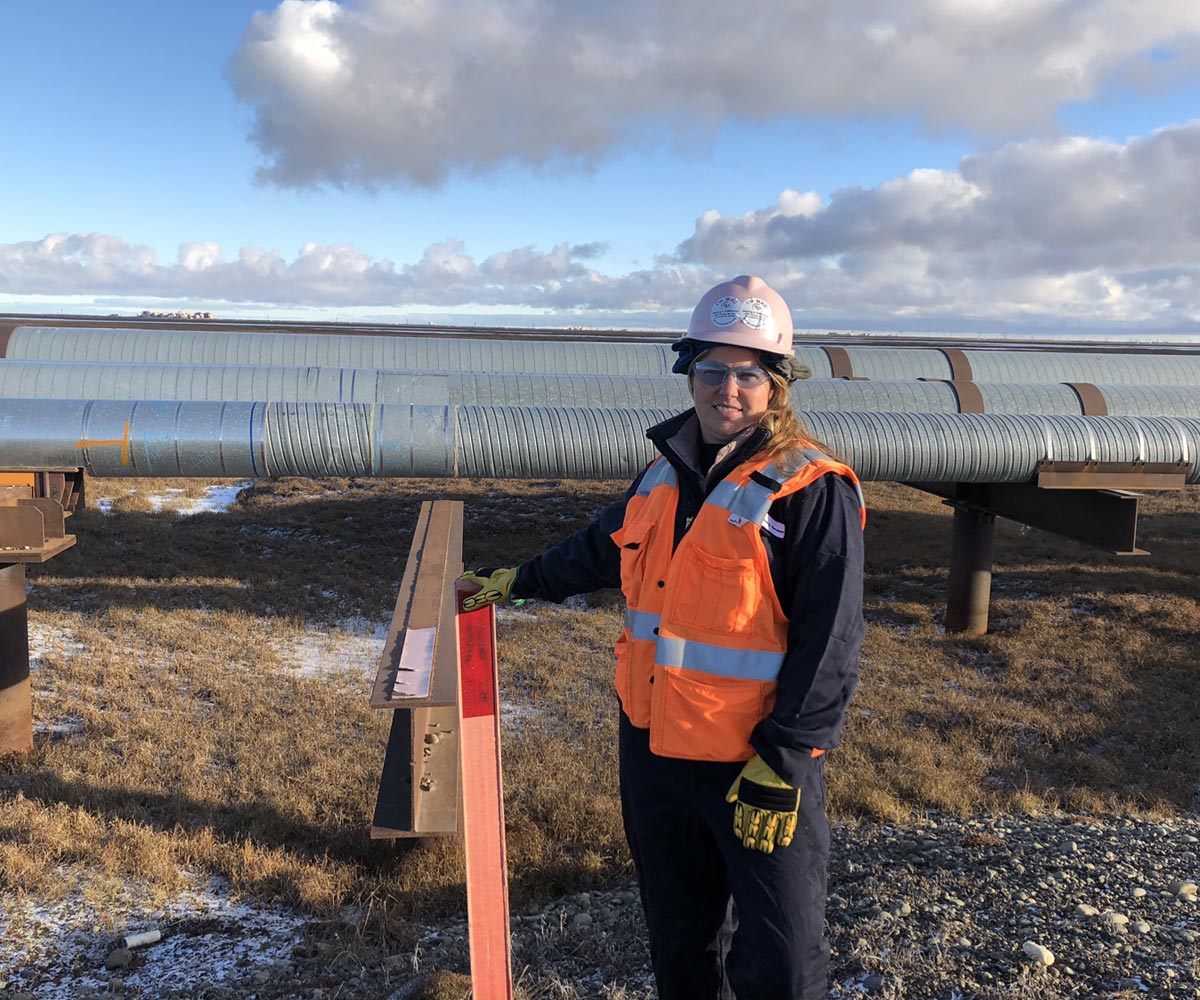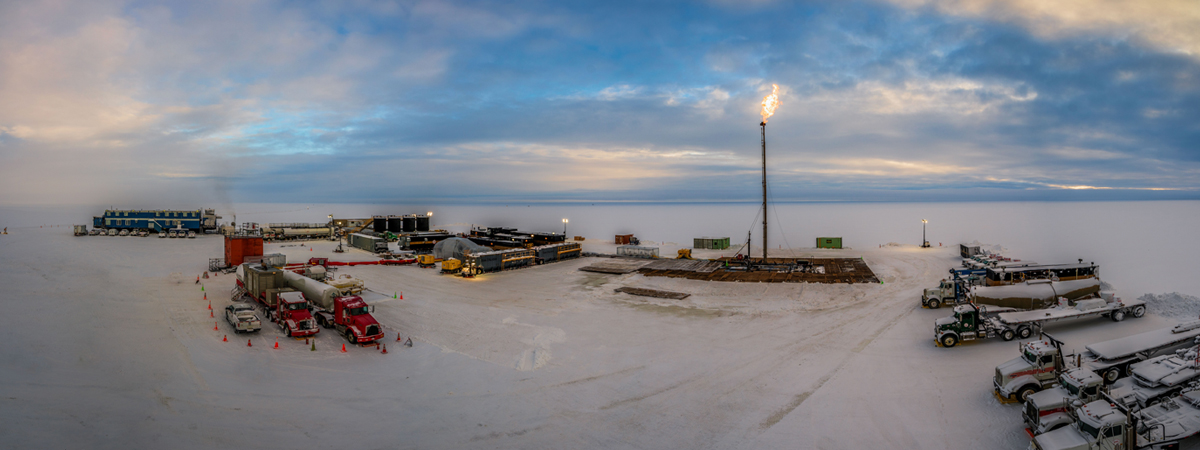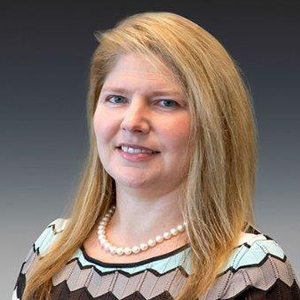
Building a Purpose-Driven Innovation Culture
By Christine Resler
Sometimes we find ourselves so immersed in the day-to-day that strategy and innovation fall by the wayside. Is the challenge truly not having enough time to innovate, or is it a lack of organizational culture and catalysts for innovation that makes it seem that way?
When You Know Something Needs to Change…
Have you ever hosted or attended a strategy planning meeting seeking a creative solution to a complex problem and felt like you were the only one talking, or that the ideas brought forward were the same solutions that aren’t working today? When this occurs, I know something has to be retooled. Either the team is missing the talent that it needs for long-term success, or the right environment isn’t in place to create innovation.
I have recently taken on the role of Chief Operating Officer at an Alaska-based oil field service company, and I have been reflecting on what conditions create successful innovation. In my experience, innovative organizations are extremely open, with leadership that encourages cross-functional or divisional collaboration and creates discrete ways to encourage cooperation. Innovation happens when innovative thinkers are used as catalysts and inserted into the process. Innovation occurs when the team is focused on the long-term goal of creating value and not divisional financial performance. It is also fostered when the innovators have exposure to the client or product/service application. A high level of trust and relationship building throughout a system pulls it all together. To put it in more formal terms, the innovative leader needs to:
- Innovate with a purpose
- Create a culture that fosters innovation
- Identify the people who can innovate – then give them a seat at the table
- Create a tolerance for risk taking – prioritize and value innovation
Innovate with a Purpose
An innovative leader must define what innovation looks like for their team and reward and recognize the team as they achieve success along the way. Innovation takes many forms. It might be a change in process or even a new way of structuring a contract. Some of my favorite innovations involve changing the commercial arrangement between a customer and supplier to influence better outcomes for both parties. Often everyone is so caught up with “getting the best deal” that they forget to trust and communicate openly.
Early in my career I managed the Advance Technologies Group at Smith International. I learned that the team designing new diamond technology to cut rock for oil and gas drilling operations had never been out in the field with the customer, nor spent time with our field crews drilling the wells. Additionally, they didn’t fully understand the true benefits presented by the technology they were developing.
We implemented two programs. The first included quarterly visits to the field to see the drilling operations and talk to the end-users. The second launched monthly town hall meetings where a customer or customer-facing employee presented how our new products were benefiting the field. We in turn had the opportunity to show off our in-progress R&D and receive feedback. These initiatives improved communication, knowledge, speed to market and the effectiveness of our products. It also created a sense of success and pride because every employee could see the impact of their work. We were no longer just making products, we were innovating the properties of our product with a purpose.
Create a Culture that Fosters Innovation
Leaders alone can’t innovate. We must utilize collaborative and adaptive skills and encourage interaction.
Large corporations often set divisional goals that discourage teamwork. Leaders that foster innovation break down those barriers and create cross-department and cross-divisional teams. Taking it further, your team doesn’t have to work in the same company. Consider including clients and suppliers in collaboration sessions. Business models that are a win-win and incentivize the right behavior create trust. With trust comes innovation.
Early in my time in Alaska, the supply chain group of one of our largest clients invited me to participate in their strategy planning workshop. We were part of the team that helped the supply chain group set their performance goals for the year. This collaborative effort helped us to better understand their needs and how we could help them achieve their goals. This might not be creating new technology, but it is an example of trust, collaboration and teamwork improving overall performance for the client. This is definitely innovation.
Today’s complexity requires us to bring people with the right skills together to solve complex problems. Innovative cultures foster trust and reward team work and partnering, versus competition and protecting your internal P&L.
Identify People who can Innovate – then Give them a Seat at the Table
If you create a culture that recognizes creativity and innovation, innovative employees will rise to the forefront. If you do not have that culture or are trying to create that culture, senior leadership needs to spend dedicated time deep in the operations to identify that talent and bring them into the fold for key projects or pivotal strategy meetings.

When I was promoted at Smith International to manage the Advanced Technologies Group, I did not necessarily have all of the skills one might seek in an ideal candidate. It was my first big management role, and I had very little direct experience in a technology-focused engineering and manufacturing organization. The first few months were intimidating, as I was surrounded by engineers and manufacturing experts with far more experience. I had one hope: to be able to add some value to the team. My management approach was to think of each of my reports as customers and endeavor to provide a service they would value. It is the style I still use today.
I always thought I received the promotion because of my work ethic and business finance skills. Looking back now, I suspect my mentor saw something different. He saw the ability to facilitate innovation and creativity. This is the same reason I promote members of my team a little earlier than people might expect. Innovators need access to leadership to effect change.
Create a Tolerance for Risk Taking – Prioritize and Value Innovation
Creating a safe environment for innovation must include recognition for both attempts and successes. This helps to create an environment where everyone becomes more accepting of change.
When you create an innovative culture, you’ll start to identify the right talent mix and note how to maximize their impact. In turn, you’ll prioritize and value innovation, reward persistence and create a tolerance for risk taking.
Fostering Innovation Over and Over Again
It is critical to spend time with your entire workforce. Look for people “doing the work” and finding ways to do it creatively or willing to tell you what they think should change. That feedback is golden and will help build a path to further innovation. Very few of the innovations generated by teams throughout my career came from me. My contributions often came from listening to the team, fostering a supportive culture, identifying innovative talent and rewarding good ideas.

Christine Resler is currently the Chief Operating Officer of ASRC Energy Services, a division of Arctic Slope Regional Corporation. Resler moved to Alaska in 2013 to manage all of Schlumberger’s Alaska operations. Prior to relocating to Alaska, she managed the research, development and manufacturing for land-based direction drilling at Schlumberger. She also served as the Vice President of Advanced Technologies, a division of Schlumberger that managed a global portfolio of product lines. She joined Schlumberger through an acquisition in 2010. Resler began her career in investment banking in mergers and acquisitions and corporate finance, working for Merrill Lynch, Credit Suisse First Boston and Jefferies & Co. She is currently an adjunct professor at Alaska Pacific University in the business school.
Christine Resler
Chief Operating Officer
ASRC Energy Services,